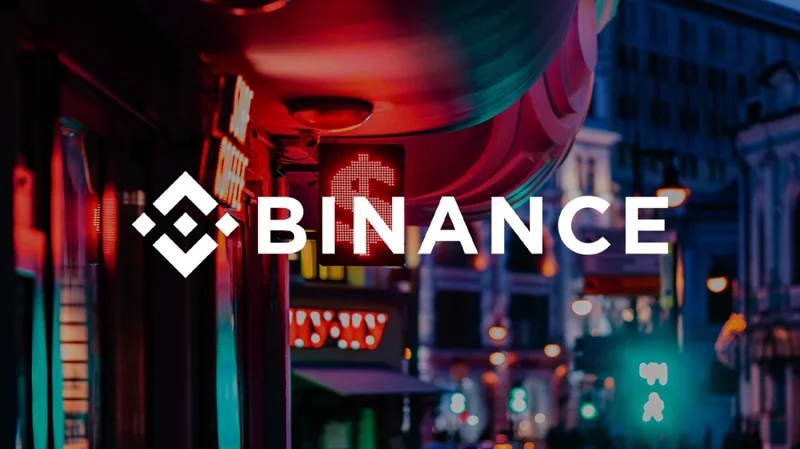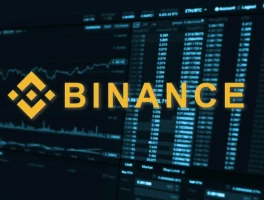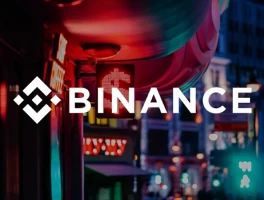Here is the feature article, written from the persona of Julian Vance.
*
The surface-level data paints a picture of unadulterated euphoria. The total crypto market capitalization has surged past $4.3 trillion. Bitcoin is knocking on the door of $124,000. Recruiters are speaking of a hiring environment so frenetic it rivals the pre-crash mania of 2022. The top ten crypto exchanges are collectively advertising for over 1,600 open roles—1,633 to be exact, based on a simple tally of their career pages.
OKX leads the pack with a staggering 440 open positions. Coinbase, the primary publicly-listed player in the US, is not far behind, seeking 318 new hires. And then there’s Binance, the world’s largest exchange by volume, looking to fill 303 roles globally. The message seems unequivocal: the crypto winter is over, and the giants are in an arms race for talent, fortifying their ranks for a new era of growth.
But data, when viewed in aggregate, can often mask inconvenient truths. When you isolate the variables and drill down into specific geographies, a far more complex—and contradictory—narrative emerges. While Binance projects an image of global dominance and expansion, its American affiliate is fighting for its life. The disconnect between the two is not just a minor discrepancy; it’s a chasm.
The Global Arms Race
The numbers from the global front are undeniably impressive. The hiring isn't just for show; it's targeted. Binance states its focus is on "quality over quantity," targeting "selective, high-bar hires in critical areas." A look at their listings confirms this, with 114 of their 303 open roles concentrated in engineering. This is a classic growth-phase maneuver: build, optimize, and scale the core product. Similarly, Coinbase is looking to fill 90 engineering roles, including a lead for artificial intelligence growth, signaling a push into next-generation trading infrastructure.
This isn't just a Binance and Coinbase story. OKX is staffing up its compliance, HR, and legal departments. KuCoin, after its exodus from China, is explicitly hiring to address "evolving global regulatory requirements." This industry-wide push suggests two parallel objectives. First, to capture the momentum of a bull market where assets like Binance Coin (BNB) are hitting new all-time highs of nearly $1,200. Second, and perhaps more critically, to build a defensive moat of legal and compliance experts to navigate an increasingly complex global regulatory landscape. They are spending heavily to both accelerate and protect.

The expansion into new markets fits this narrative perfectly, as seen in reports that the World's largest crypto exchange operator Binance aims to turn Thailand into cryptocurrency hub. With a clear legal framework and high crypto awareness, Thailand represents a logical beachhead for capturing the next wave of users. Binance's stated goal of reaching 1 billion users is audacious, and it requires this kind of multi-front expansion. Seen from 30,000 feet, the strategy appears sound, aggressive, and well-funded.
The Anomaly on the American Front
And this is where the data presents a puzzle that I find genuinely puzzling. While Binance builds empires in Asia and staffs its global headquarters, its American arm, Binance.US, is effectively a ghost town. Since the SEC lawsuit in June 2023, its share of US dollar-denominated exchange volume has collapsed. It has fallen from a respectable 10% to just 0.20% as of August. That isn't a downturn; it's a statistical flatline.
Even with the SEC dropping its case in May under a new administration, activity has remained negligible. The exchange’s response has been to slash fees, a move captured by headlines declaring that the Crypto exchange Binance.US cuts fees as trading volumes remain abysmal. It recently announced 0% maker fees and a minuscule 0.01% taker fee on over 20 pairs, including major assets like Ethereum and Solana. This is a direct attempt to regain its former title as the country's lowest-cost venue. But is it working? The volume data suggests it is not.
This situation is a fascinating case study in the limits of pricing power when a more fundamental element is missing: trust. The regulatory battle, which saw Binance and its founder plead guilty to Bank Secrecy Act violations and pay a $4 billion fine, clearly did irreparable damage to its brand in the United States. The suspension of dollar deposits and withdrawals for nearly two years turned it into a crypto-only island, forcing users to flee to more stable platforms like Coinbase and Kraken.
This whole scenario reminds me of an aircraft carrier group. The main carrier, Binance Global, is steaming ahead at flank speed, launching new aircraft (hiring engineers, expanding into Thailand) and projecting power across the ocean. But one of its most critical escort vessels, the destroyer Binance.US, is dead in the water. Its engines were disabled by a torpedo from the SEC, and now the crew is trying to patch a gaping hole in the hull with promotional confetti and fee-cut flyers. The rest of the fleet is sailing on, but a critical vulnerability has been exposed in the formation. Can a pricing strategy alone fix a breach of trust? The data, so far, screams no.
The question is whether this matters to the global entity. Is the US market, dominated by entrenched and now publicly-listed competitors, simply a lost cause that Binance is willing to write off? Or are these aggressive fee cuts a genuine, albeit desperate, attempt to bail out the ship? The fact that its global parent is hiring for hundreds of high-skilled roles while the US entity is practically giving away its service for free creates a bizarre strategic dissonance. It's like one division is planning a moon mission while another is holding a bake sale to keep the lights on.
A Tale of Two Ledgers
Ultimately, the market appears to be bifurcating its view. It is treating Binance Global and Binance.US as two completely separate entities with distinct fates. The global hiring spree and the soaring price of BNB reflect confidence in the mothership’s ability to navigate international waters and capture growth in emerging markets. The abysmal trading volume on Binance.US reflects a profound and likely permanent loss of confidence in the American market. One entity is defined by growth and opportunity; the other is defined by regulatory scars and a desperate fight for relevance. The numbers don't lie: you can't import trust, and you can't fix a credibility crisis with a discount.


